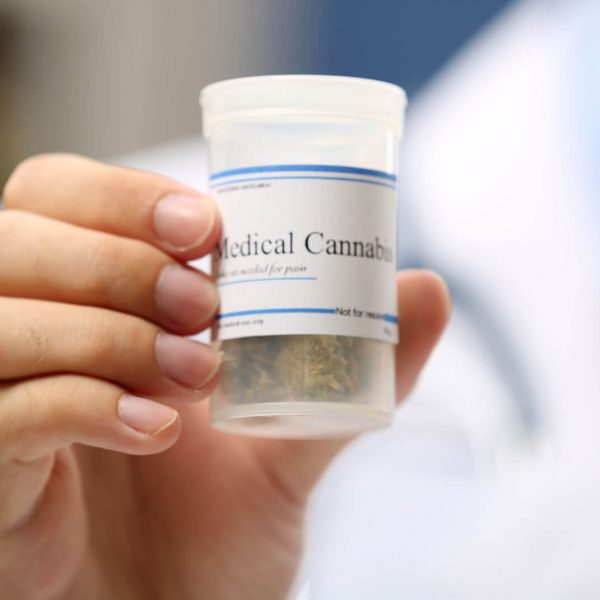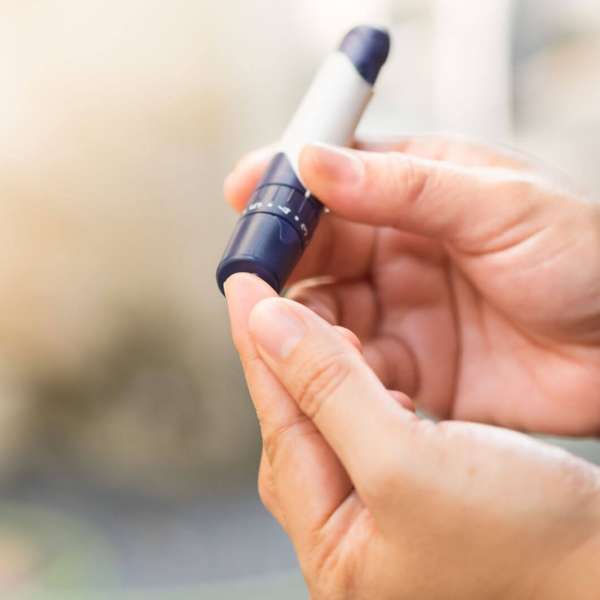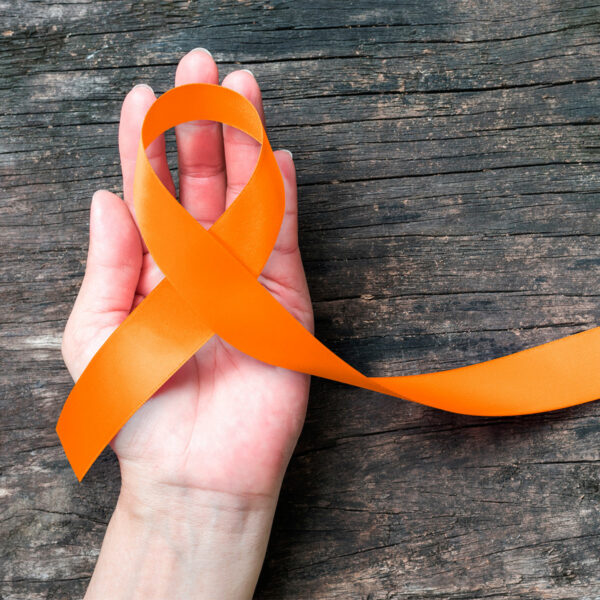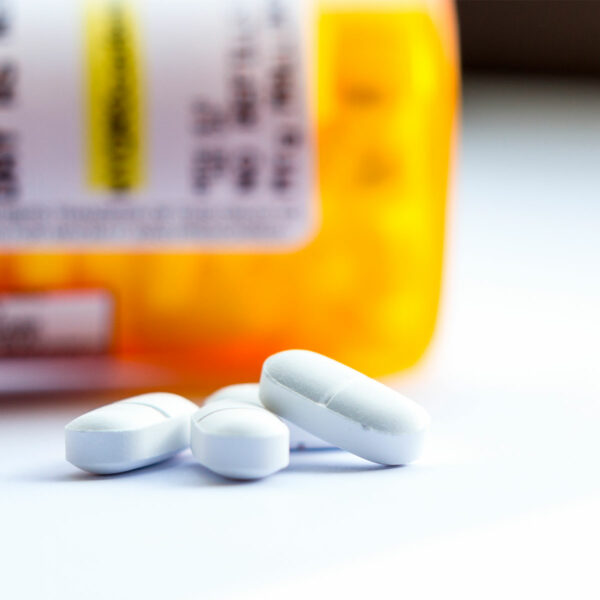Nutrition tips to manage diabetes during the festive season
We all know that we must maintain a healthy diet throughout the year. However, we recognize that this can be a big challenge in this festive season.
Although we are aware that it is difficult to resist “pasteles,” pumpkin pie or “coquito”, it is vital to manage the temptations of the Thanksgiving and Christmas menu, especially for those with diabetes.
“The excess in the consumption of drinks and meals during this month of celebrations is very common, especially the typical dishes with a high content of carbohydrates and calories, which can uncontroll the levels of glycemia and, consequently, the diabetes”, Dr. Alberto Serrano, Associate Medical Director of the Clinical Programs Division of Triple-S explains.
Therefore, the doctor advises diabetes patients to take some precautions to keep their glycemic index under control.
The first thing is to know and control the amount of carbohydrates, which are mainly responsible for increasing blood sugar levels. For example, rice with pigeon peas, “pasteles” and desserts, as well as potato and elbow pasta salads, are high in carbohydrates.
“The total carbohydrate content of each Christmas meal should be similar to that of any meal of the year. Therefore, the key is to consume them in small portions and combine them with low-carb, high-fiber foods at each meal,” the doctor advised.
It is recommended to exchange typical Christmas foods for healthier dishes with vegetables, fresh fruits and whole grains.
“This combination of foods with more festive ones, allows to reduce the negative impact of these celebrations on our health. In this way, the modification of the dose of insulin or oral medication is avoided,” clarified Dr. Serrano.
Can I eat dessert?
As each case is different, before venturing out to eat sweets, you should consult with your doctor or nutritionist.
The detail of the desserts is that they are also very high in carbohydrates. Therefore, if you are going to give yourself the treat, consume smaller portions of rice, “pasteles” and elbow pasta salad, among other typical foods of the season.
And the alcoholic drinks or the traditional “coquito”?
As with sweets, this is something that everyone should discuss with their doctor, but if you are going to drink it is important to remember that the woman should limit herself to one drink a day and the man to two drinks per day. In addition, you have to keep in mind that you should avoid sugary drinks in your drinks, as is the case of the popular Christmas “coquito.”
For example, if you choose to eat a dessert or sweet with a high sugar content, the ideal is to compensate with the starter and the first course with low carbohydrate content. It is recommended to accompany with fresh or grilled vegetables that, in addition to increasing the feeling of satiety, provide fewer calories, carbohydrates and vegetable fiber. This slows down absorption and does not trigger blood glucose.
On these holidays, people with diabetes can participate in family lunches and dinners, taking the same menu as others, but they must control portions.
According to the doctor, a trick that helps control the amount of food is to sit at the table with the dish served, because it is much more difficult to control the portion of food when served in the form of a buffet or appetizers.
“In general, it will be necessary to check your blood sugar more often during the holidays to know your levels. Also, in the event that corrections must be made with extra insulin as indicated by your doctor, the dose is adapted according to your levels and what you are going to eat,” said Dr. Serrano.










